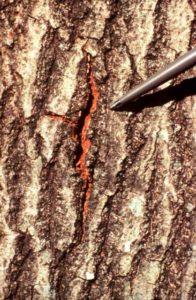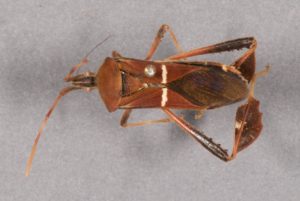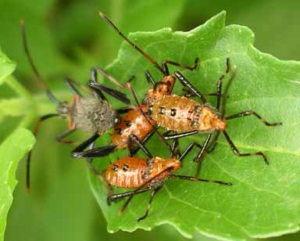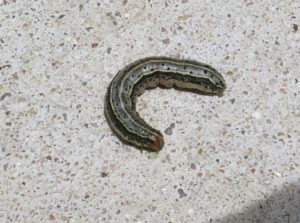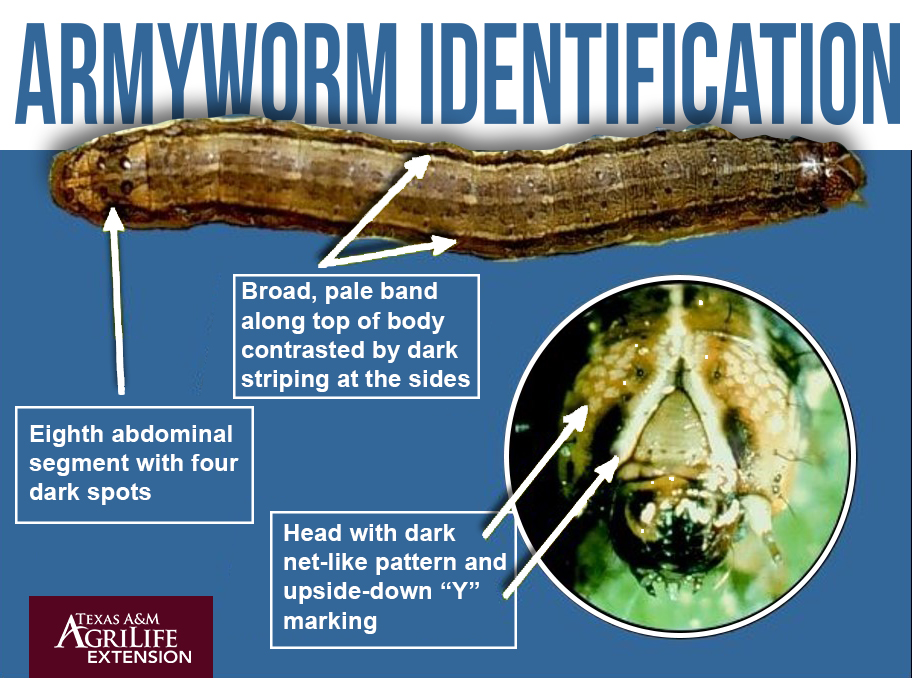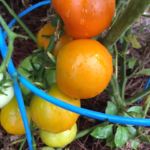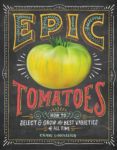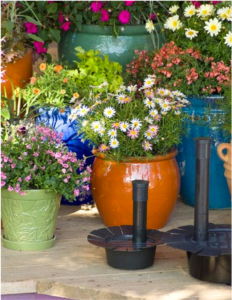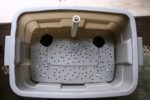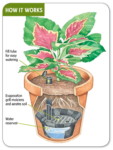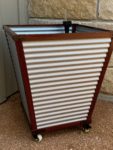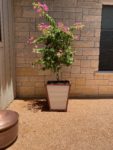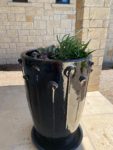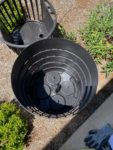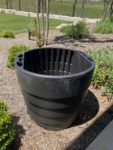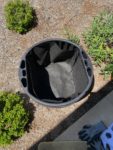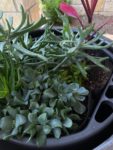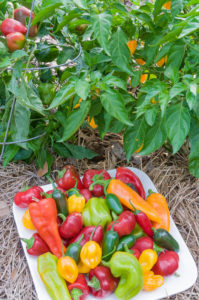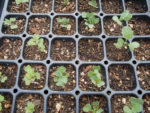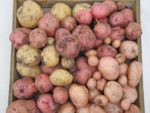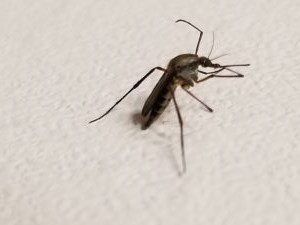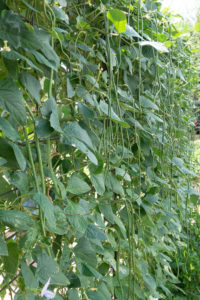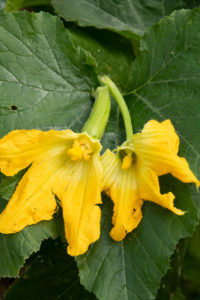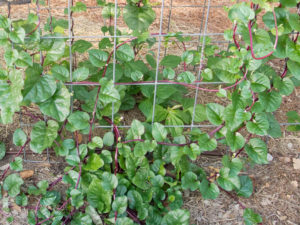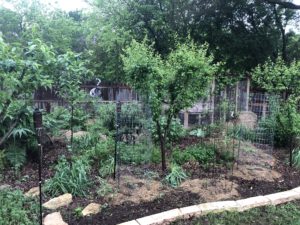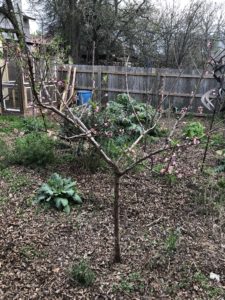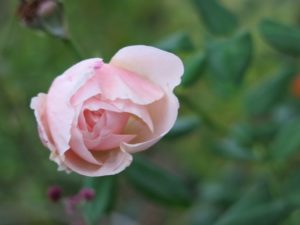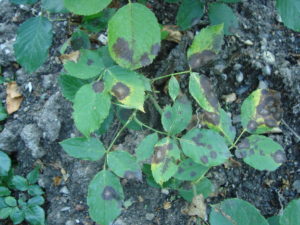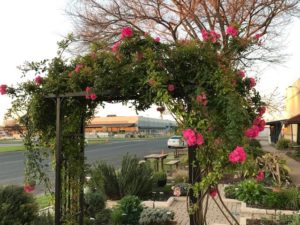
What is Oak Wilt and Why Do We Care About it?
Trees are a valuable resource, so we do not want to lose them to disease. Oak Wilt is caused by Bretziella fagacearum, (formerly called Ceratocystis fagacearum), a non-native invasive fungus. It can be found in MN, NY, Tx, IL, OH all together 21 states are infected. In 1944 it was discovered in oak trees in the Midwest. It is spread through the vascular (water-conducting system) roots at about 75 feet per year. All oak trees are susceptible to this infection. Live oaks, like the tree Quercus virginiana, can recover but red oaks, like Quercus falcata, are much more susceptible. Red oaks can die within two-three weeks. Oak wilt fungus is related to the fungus that causes Dutch elm disease (Ceratocytis ulmi).
How Oak Wilt is Spread
Beetles that feed on sap are a common carrier and spreader of disease.
The sap-feeding beetle that transmits the disease is the Coleoptera: Nitidulid beetle. They are pinhead size and fly for distance of one mile. The sweet smell of the sap is what attracts the beetle, which is why painting pruning cuts is an important prevention strategy. November through January are the best time to trim oaks because the beetle activity is minimal and the fungal mats are not producing as many spores.
Fungal Mats
The spores of the oak wilt are contained in the fungal mat. Red oak trees with rounded tipped leaves (such as Shumard, Spanish and blackjack) are some trees that form these mats when specific moist environmental conditions are present. The trees that are infected in the summer or the fall will form fungal mats during the spring. Look for small cracks to develop in the bark.
Trees that have been dead greater than a year do not produce spore mats. White and live oak are somewhat resistant to wilt and do not form fungal mats.
The Coleoptera: Nitidulid beetles feed and breed on the fungal mat and then carry the spores on their body. The beetles travel from one fungal mat to another to continue feeding.
Painting all fresh wounds immediately with pruning or latex paint provides a barrier, keeping this insect vector Nitidulid from feeding on the sap. Only fresh wounds will let the oak wilt fungus establish itself. If fresh wounds are open more than 24-hour painting will not prevent the disease.
Symptoms of Oak Wilt Disease
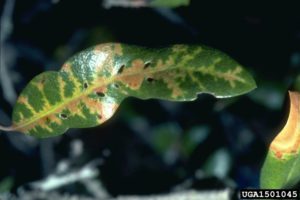
Live Oak leaf displaying symptoms of oak wilt
In Live Oaks the veins on the leaf turn yellow (chlorotic) or brown, while the remainder of the tree stays green. In red oaks, the tips of the leaves turn reddish-brown giving the appearance of autumn colors. Leaves will fall from the tree when they should be green. Inspect the leaves for the prominent yellow veins. Also smell the bark of a red oak tree if infected it should have a sweet smell. This smell is what attracts the tiny beetle to a tree.
Some of the first indications of oak wilt will be a complete leaf drop in mid-summer, as well as, discolored, wilted, and curled leaves (in the Austin area Live Oaks normally lose their leaves in March.) The disease can be noticed in the very top of the tree, then will travel down to kill suckers at at the tree base. Individual leaves may brown from the tip to the stem.
This serious, highly destructive oak tree disease can become an epidemic which kills trees in a matter of months. It can kill a red oak tree in 3-4 weeks. It can spread tree to tree through root systems that naturally graft onto one another.
Red Oak Symptoms Occur in Spring
Symptoms show up on red oaks in early May with changing leaf color from green to bronze. Development of disease usually occurs on one limb or branch and can quickly spread to the entire tree. Since summer green leaf drop is unusual, it may be indicative of an oak wilt infection. The Texas Plant Disease Handbook has pictures and descriptions of oak wilt and other diseases of oak trees. For diagnostic purposes a tree sample can be sent to the Texas Plant Disease Diagnostic Laboratory for analysis.
Oak Wilt Treatment
Some treatments are available but costly. Only high value trees warrant prophylactic and therapeutic treatments by an experienced certified arborist. Attempts to get a cheap treatment will only result in subpar results. The best thing to do may be to remove the infected tree to prevent the spread. Since oak wilt is spread through the root and the vascular system, trenching at least four to five feet deep and 100 feet away from an infected oak may help stop the disease spread. Since this disease spreads root to root, it is difficulty and expense of trenching in urban neighborhoods with building, fences, and neighbor’s yards disrupted. An infected tree can be injected with a fungicide in the Spring to possibly reduce symptoms. Neighborhood associations or neighbors working together are the best way to manage oak wilt.
How to Protect Trees
Protect your trees by utilizing the following tips:
- Identify the disease early and destroy diseased trees.
- Avoid wounding by lawn equipment and inspect after ice and storms for damage.
- Always disinfect cutting tools before using on each tree with 10% bleach solution or Lysol.
- Paint all oak wounds immediately with a latex-bases paint to exclude the beetles. Other kinds of trees generally do not need wounds painted.
- Prune dead wood and twigs during dormancy. Prune only when necessary.
- Select well-seasoned firewood, locally acquired.
- Store firewood away from oak trees and keep completely wrapped in clear plastic.
- Do not prune oaks after February 1st to July 1st or from September to after first hard freeze (on average the first week of December.)
- Buy firewood locally and ask where the wood is from to prevent disease spread. Only store disease-free one-year-cured oak wood.
Proper Firewood Handling Prevents Disease Spread
Firewood taken from oat trees that have a fungus mat can spread the disease. Cracked wood or bark falling off wood indicates that the fungus will no longer be alive. If you don’t know the source or type of firewood, cover the wood pile completely with clear plastic. Anchor the edges of the plastic into the soil to prevent insect spread.
A dying tree cannot support the growth of the oak wilt fungus but can still contain the disease. Avoid cutting up a dead branches and trees until the coldest part of winter. Do not store Oak wilt infected wood, burn it as soon as it is dry. Burning the wood kills all spores and beetles. Beetles active in freshly stored wood can fly away to infect healthy trees. Smoke from the wood does not transmit disease.
If You Need to Prune Your Oak Trees…
Not all trees need maintenance. If you absolutely must prune your oak trees, keep the following in mind:
- Prune trees during the hottest part of the summer or the coldest part of the winter when the fungal mats are least likely to form.
- Prune for safety on roadways and streets by removing low branches that may be hazardous to large vehicles like fire trucks.
- Remove dead and diseased branches which left in place can attract sap beetles that spread Oak Wilt fungus.
Know Your Oaks Before You Buy
Oak wilt is devastating to live and red oaks. Once a tree is diseased it is extremely difficult and maybe impossible to treat.
When planting, it is best to avoid a monoculture by varying the types of plants and trees in your landscape. There are two great resources available to help you choose the right tree for your location.
Texas oak wilt .org has a list of tree species for each Texas Ecoregion. If you live on the west side of I-35, choose the Edwards Plateau ecoregion. If you live on the east side of I-35, choose the Blackland Prairies ecoregion. If you really want to have an oak tree, plant one that is less susceptible to the disease such as white oaks, chinquapin, Monterrey (also known as Mexican White Oak,) or lacey oaks.
The city of Austin has a Native tree guide for Central Texas with many helpful suggestions and illustrations of the trees. You can learn more about each tree by visiting the Native and Adapted Landscape Plant Guide database.
Additional Resources
Oak Wilt Assistance and Arborists:
More About Oak Wilt:
City of Austin Oak Wilt Information: http://www.austintexas.gov/page/oak-wilt
City of Austin Grow Green Program: http://www.austintexas.gov/department/grow-green
Texas A&M Forest Service: http://tfsweb.tamu.edu/
About Linda Drga

Linda Drga is a Lifetime Member of the Travis County Master Gardeners Association. She grew up on a Pennsylvania truck farm and spent her youth working with vegetables. She has a degree in nursing and a MPH (Masters in Public Health) from Tulane. She spent 20+ years living and gardening in South American, the Caribbean, and Africa. She says gardening is her escape and how she keeps her mind at ease. She loves to get dirty in her garden but still dedicates time every day to study and learn something new.
